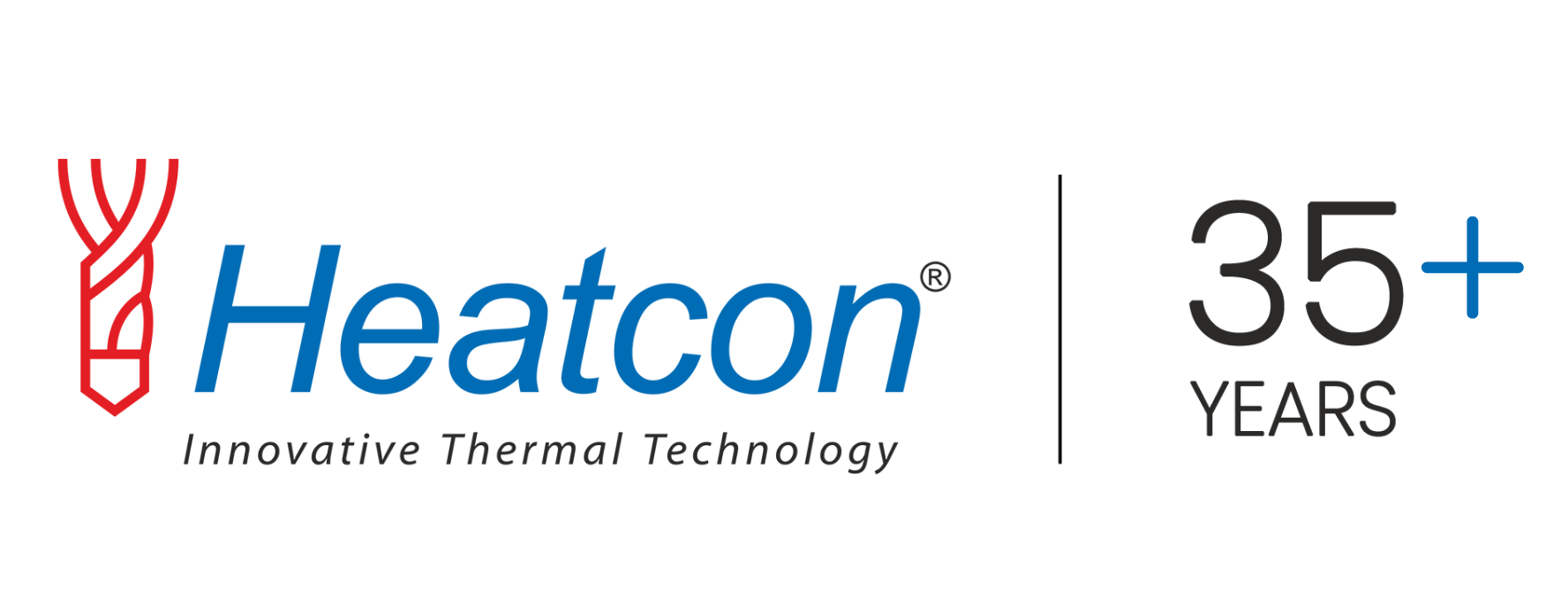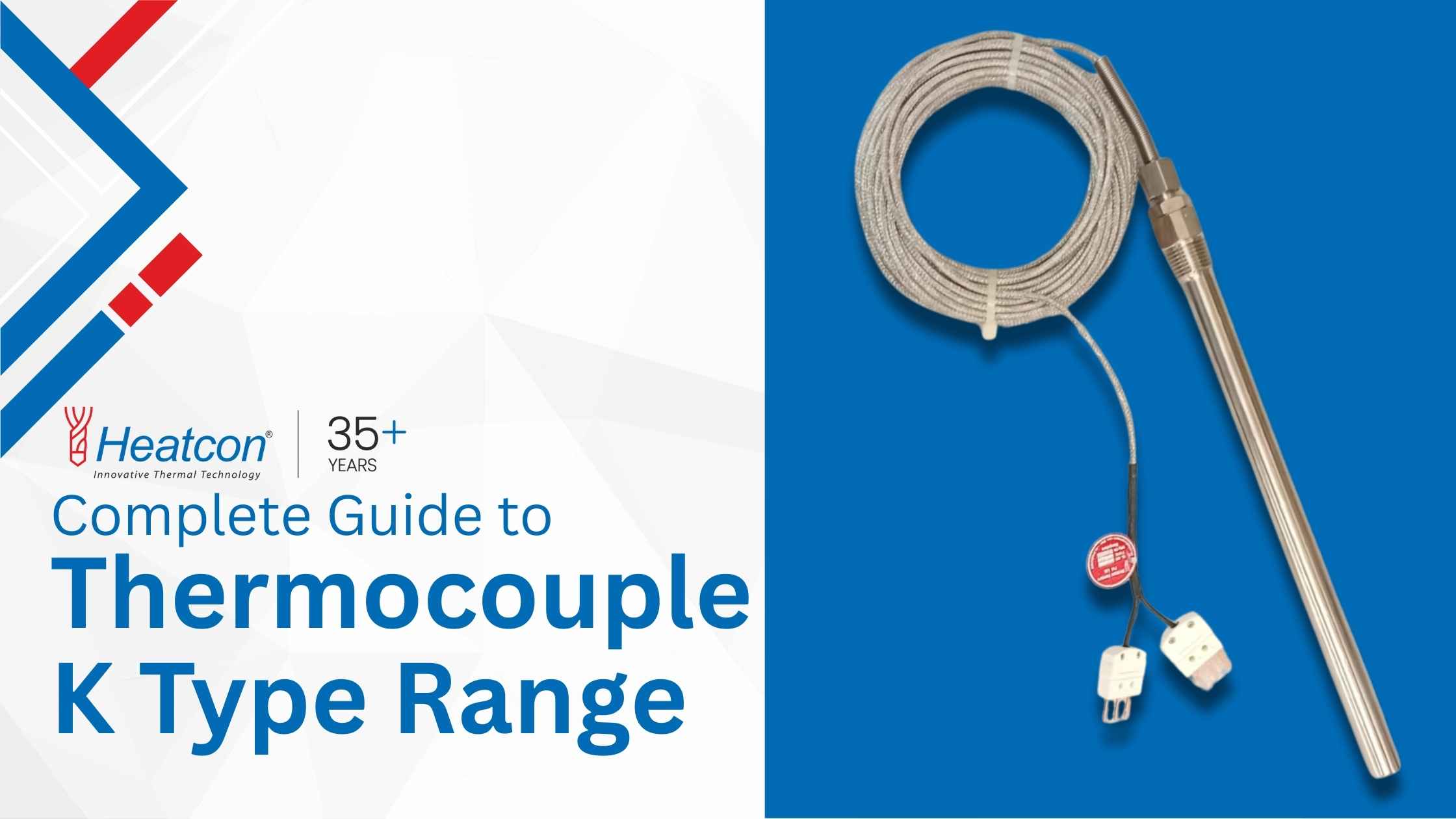What is thermocouple K type range?
The thermocouple K type range refers to the span of temperatures that a K-type thermocouple can accurately measure. Known for its durability and affordability, this type is constructed from chromel and alumel alloys, making it especially suited for a variety of industrial environments. Its popularity lies in its ability to provide reliable readings in both oxidizing and inert atmospheres.Understanding K type thermocouple temperature range
The K type thermocouple temperature range is approximately -200°C to +1260°C, although the most commonly referenced operational range is -200°C to +1100°C. This wide span makes it an ideal solution for industries such as aerospace, automotive, food processing, chemical plants, and power generation.Why type K thermocouple temperature range is so versatile
The type K thermocouple temperature range is recognized for its stability and resilience. It can handle both cryogenic and high-heat applications. Whether you are monitoring a refrigeration system at -100°C or a steel furnace at 1100°C, this sensor remains accurate and dependable.Applications of K type thermocouple temp range in industries
Industries often depend on the K type thermocouple temp range for applications like:- Furnace and kiln monitoring
- Exhaust gas measurement in automotive systems
- Food safety during cooking and freezing processes
- Petrochemical plant temperature monitoring
Comparing thermocouple type K temperature range with other types
While the thermocouple type K temperature range extends from -200°C to +1260°C, other thermocouple types like J, T, or N cover narrower ranges. This flexibility allows engineers to choose type K for both general-purpose and specialized tasks without needing to switch to different sensor families.How the temperature range of K type thermocouple benefits end users
The temperature range of K type thermocouple is particularly valuable for users who want a single, reliable device for multiple environments. Its versatility reduces procurement costs, simplifies maintenance schedules, and ensures consistent performance.Exploring K thermocouple range for critical projects
The K thermocouple range allows critical industries—like oil refineries, aerospace test facilities, and nuclear power plants—to monitor processes safely and accurately. Precision is critical, and this range is engineered to deliver trustworthy results under stress.K thermocouple temperature range and its real-world reliability
In practice, the K thermocouple temperature range demonstrates minimal drift over time, ensuring that calibration intervals can be longer compared to cheaper alternatives. This makes it especially cost-effective for industries aiming to reduce downtime.Type K temperature range and Heatcon Sensors’ advantage
The type K temperature range is only as useful as the quality of the thermocouple itself. This is where Heatcon Sensors excels. With decades of expertise in manufacturing customized RTDs, thermocouples, and other temperature sensors, Heatcon delivers products designed to meet exact client specifications. They don’t just supply off-the-shelf solutions; they engineer precision instruments tailored to demanding applications.Heatcon Sensors: Delivering beyond thermocouples
Heatcon Sensors also manufactures advanced heat-generating equipment, including:- Industrial furnaces
- Electric furnaces
- Hot air blowers
- Ovens
- High density cartridge heaters
- Custom-engineered heating systems
Global reach of Heatcon Sensors
Whether you are operating a steel plant in India, an oil refinery in Saudi Arabia, a semiconductor facility in South Korea, or a manufacturing hub in Germany, Heatcon Sensors ensures timely supply. With logistics and service capabilities extending worldwide—including to the United States, UAE, Indonesia, Russia, Bahrain, and Kuwait—Heatcon makes it simple for industries to access the best in thermocouple and heating technology.Why choose Heatcon Sensors?
Here’s why clients around the world prefer Heatcon Sensors for thermocouples and heating equipment:- Expertise: Years of experience in designing RTDs, thermocouples, and heating systems.
- Customization: Ability to create sensors tailored to your exact temperature range and process conditions.
- Reliability: Products engineered for minimal drift and maximum durability.
- Global support: Supply and service networks that span across India and international markets.
How to reach Heatcon Sensors
Choosing Heatcon Sensors means choosing precision, reliability, and global trust. You can reach out through any of the following options:- Submit your information using the contact form: Heatcon Contact Form
- Leave a WhatsApp message directly on their website
- Call on +91 9164833027 or +91 9844233244 for immediate assistance
Complete guide to thermocouple K type range — FAQs
The thermocouple K type range typically spans from about −200 °C to +1260 °C, covering both cryogenic and high-temperature industrial processes. In day-to-day practice, many plants operate this sensor confidently up to roughly 1100 °C for continuous service, balancing response, drift, and sheath life.
Heatcon Sensors engineers calibrate and build K-type probes to suit specific environments—furnaces, ovens, kilns, heat-treat lines, food processing tunnels, and more—so your indicated range aligns with your duty cycle and safety factors.
Need help mapping this to your process? Contact Heatcon Sensors or call +91 9164833027 / +91 9844233244.
The K type thermocouple temperature range supports continuous service around −200 °C to +1100 °C when matched with an appropriate sheath and insulation. Occasional excursions up to ~1260 °C are possible, but Heatcon Sensors typically designs a margin to minimize drift and extend probe life.
- Oxidizing atmospheres: Inconel/310 SS sheaths perform well at the upper end.
- Reducing/contaminated atmospheres: Consider protective wells or ceramic sheaths.
- Vibration or high flow: Mineral-insulated cables with compacted MgO improve stability.
The type K thermocouple temperature range is broader than J and T types, making it a popular general-purpose choice. Type K also offers good oxidation resistance at high temperatures compared with J, while remaining far more economical than noble-metal types like S or R for furnaces and heat-treating.
| Type | Approx. range (°C) | Notes |
|---|---|---|
| K | −200 to +1260 | Versatile, robust, cost-effective |
| J | −210 to +760 | Lower top-end; iron leg susceptible to oxidation |
| T | −200 to +400 | Excellent at cryogenic; limited high-temp |
| N | −200 to +1300 | Good stability at very high temp |
Yes. The K type thermocouple temp range matches most heat-processing equipment. Heatcon Sensors supplies K-type probes for box furnaces, continuous ovens, high-velocity hot-air lines, and ceramic kilns—along with compatible heat-generating equipment such as industrial furnaces, electric furnaces, ovens, hot-air blowers, and high density cartridge heaters to complete your thermal loop.
The thermocouple type K temperature range extends to around −200 °C, enabling reliable cryogenic monitoring of cold rooms, liquid-gas systems, and environmental chambers. For best low-temperature accuracy, Heatcon Sensors can specify special-limits-of-error wire and finely matched instrumentation.
While the datasheet span is wide, the temperature range of K type thermocouple in your line depends on atmosphere, sheath metallurgy, probe diameter, insertion depth, flow velocity, and electrical noise. Heatcon Sensors customizes junction styles (grounded, ungrounded, exposed), sheath alloys, and cable insulation so your “usable” range stays stable over the full duty cycle.
The K thermocouple range is often preferred in heat-treat furnaces, aluminum casting lines, petrochemical heaters, exhaust stacks, dryers, and food tunnels—places that demand robust high-temperature sensing without the costs of noble-metal types. Heatcon Sensors also builds RTDs for tighter accuracy at lower temperatures, giving you the best of both worlds where needed.
Across the K thermocouple temperature range, standard-limits-of-error are typically ±2.2 °C or ±0.75% of reading (whichever is greater), while special limits are tighter. Heatcon Sensors offers calibration, matched extension cable, and shielded leads to control drift and noise so you realize true field accuracy—not just bench specs.
The type K temperature range defines both capability and stress. Running near the upper limit accelerates drift and sheath fatigue; operating with a sensible margin extends mean time between replacements. Heatcon Sensors sizes sheath diameter, picks resilient alloys, and advises spares so uptime is protected.
We tailor junction type, sheath alloy (Inconel, 310/316 SS, Hastelloy, ceramics), cable insulation (fiberglass, PTFE, PFA), and head/enclosure IP rating. For corrosive or reducing conditions, we add thermowells or double sheathing. The result is reliable service across your specified duty, whether you operate in India, the United States, the UAE, Indonesia, Germany, South Korea, Saudi Arabia, Russia, Bahrain, or Kuwait.
Yes. Beyond thermocouples and RTDs, Heatcon Sensors manufactures industrial furnaces, electric furnaces, ovens, hot air blowers, and high density cartridge heaters—letting you source a complete, compatible thermal system from one partner.
Share your medium, atmosphere, temperature limits, insertion depth, response needs, and mounting style. We’ll propose a build with drawings and delivery timelines. Reach us via the contact form, the WhatsApp interface on our site, or phone +91 9164833027 / +91 9844233244 for immediate assistance.
- Datasheet span: −200 °C to +1260 °C
- Typical continuous: up to ~1100 °C with suitable sheaths
- Best practice: add margin from your peak to reduce drift and extend life
These guidelines apply across the K thermocouple temperature range and help align performance with maintenance budgets.
Yes—manufacturers often refer to the same capability using slightly different phrases. You might see K thermocouple range in one document, K thermocouple temperature range in another, or type K temperature range in controller manuals. All describe the usable span of a K-type probe when built and applied correctly.
Engineers commonly use K type thermocouple temperature range, type K thermocouple temperature range, thermocouple type K temperature range, and K type thermocouple temp range to refer to similar concepts. The key is to confirm the sheath, junction, and installation specifics so the headline numbers match your actual environment.


